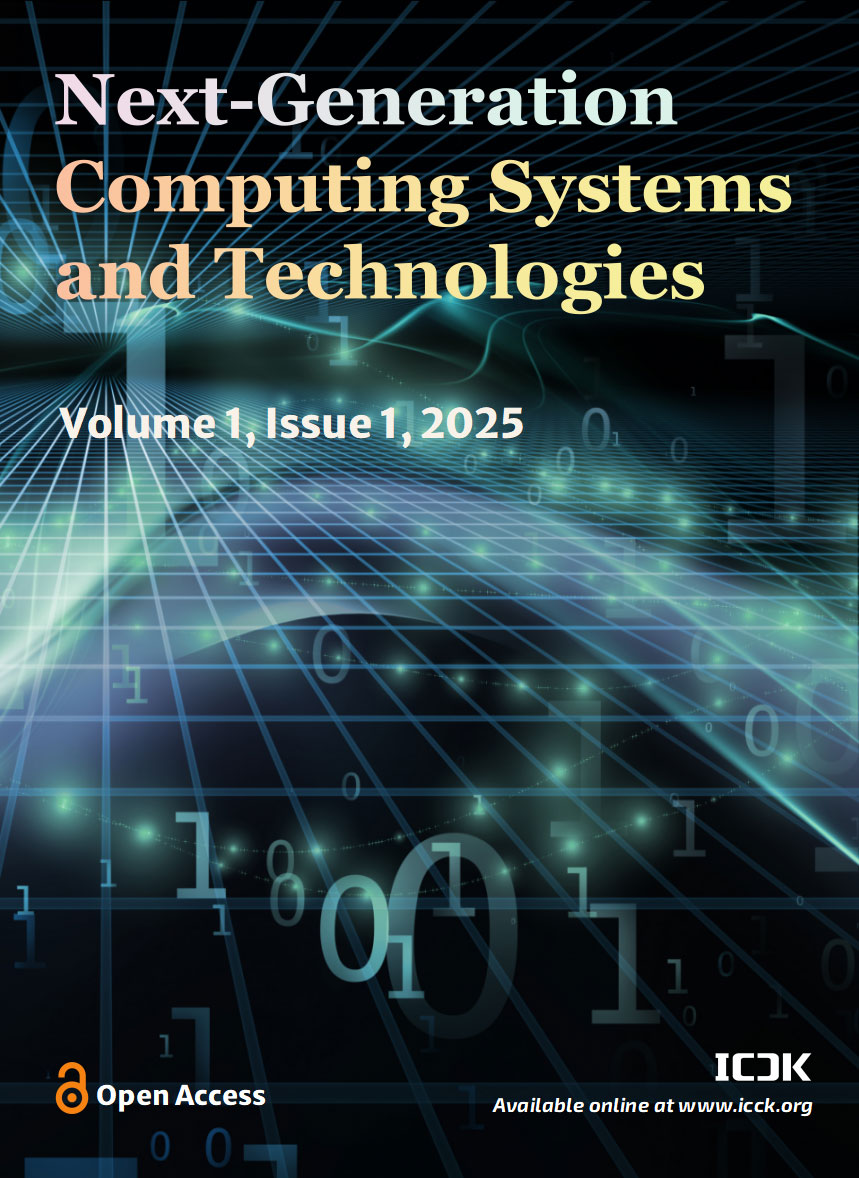Abstract
The integration of sixth-generation (6G) networks with Wireless Sensor Networks (WSNs) creates unprecedented opportunities for developing secure and scalable smart city infrastructures. However, the proliferation of heterogeneous devices and exponential data growth demand more robust security solutions. While existing hybrid deep learning approaches combining convolutional, recurrent, and attention-based architectures show promise in attack detection, they face limitations including high false-positive rates, inadequate modeling of topological dependencies, and vulnerability to adversarial attacks. This paper presents an enhanced intrusion detection framework that integrates Graph Neural Networks (GNNs) for structural dependency learning, cross-attention mechanisms for feature fusion, and stacked ensemble classification for improved decision reliability. Evaluated on Kitsune, 5G-NIDD, and CICIDS-2018 datasets, the framework demonstrates strong adaptability across heterogeneous traffic scenarios and complex attack vectors. Experimental results show remarkable performance with 99.95\% detection accuracy, consistent F1-scores above 99\%, significantly reduced false alarms, and enhanced adversarial resilience. These findings validate the framework's scalability and practical readiness for securing next-generation 6G-enabled smart city infrastructures.
Keywords
6G security
wireless sensor networks
intrusion detection system
deep learning
Data Availability Statement
Data will be made available on request.
Funding
This work was supported without any funding.
Conflicts of Interest
Chittaranjan Mahapatra is an employee of Tech Mahindra Ltd, Bhubaneswar 751023, India.
Ethical Approval and Consent to Participate
Not applicable.
Cite This Article
APA Style
Kar, S. K., Subudhi, B. U., Mishra, B. K., & Mahapatra, C. (2025). A Graph-Aware Attention-Driven Ensemble Model for Robust Anomaly Detection in 6G-Enabled Wireless Sensor Networks. Next-Generation Computing Systems and Technologies, 1(1), 18–32. https://doi.org/10.62762/NGCST.2025.333764
Publisher's Note
ICCK stays neutral with regard to jurisdictional claims in published maps and institutional affiliations.
Rights and Permissions

Copyright © 2025 by the Author(s). Published by Institute of Central Computation and Knowledge. This article is an open access article distributed under the terms and conditions of the Creative Commons Attribution (CC BY) license (
https://creativecommons.org/licenses/by/4.0/), which permits use, sharing, adaptation, distribution and reproduction in any medium or format, as long as you give appropriate credit to the original author(s) and the source, provide a link to the Creative Commons licence, and indicate if changes were made.


 Submit Manuscript
Edit a Special Issue
Submit Manuscript
Edit a Special Issue

 Copyright © 2025 by the Author(s). Published by Institute of Central Computation and Knowledge. This article is an open access article distributed under the terms and conditions of the Creative Commons Attribution (CC BY) license (https://creativecommons.org/licenses/by/4.0/), which permits use, sharing, adaptation, distribution and reproduction in any medium or format, as long as you give appropriate credit to the original author(s) and the source, provide a link to the Creative Commons licence, and indicate if changes were made.
Copyright © 2025 by the Author(s). Published by Institute of Central Computation and Knowledge. This article is an open access article distributed under the terms and conditions of the Creative Commons Attribution (CC BY) license (https://creativecommons.org/licenses/by/4.0/), which permits use, sharing, adaptation, distribution and reproduction in any medium or format, as long as you give appropriate credit to the original author(s) and the source, provide a link to the Creative Commons licence, and indicate if changes were made. 